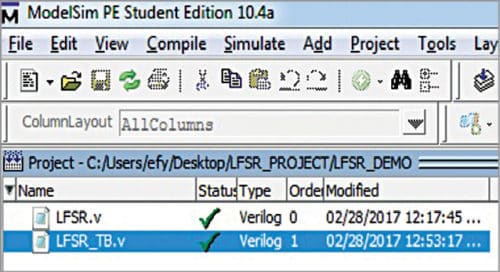

Not saying a hacksaw has zero learning curver, but IMHO, it’s a lot faster to get into it. A $5 hacksaw is certainly cheaper, and certainly faster, if the learning curve to use the laser is accounted for. It might not necessarily be faster if he wants/needs it today. This is like arguing that someone who makes their own case using a hacksaw needs get a laser cutter because it’s, “better and faster.” Sure, *after* that person puts down $500 for a piece of shit laser, then spending hours fiddling with the damn thing then, yeah, it might be easier to use a laser.

Probably not faster, but it’s how you look at it. Yeah, I’d say it’s cheaper for the two shift registers. Never mind the time spent learning an architecture, language and other fiddly details. Posted in Misc Hacks Tagged candle flicker, candles, linear feedback shift register, random number, shift registers Post navigationĬall us when the shift registers and the XOR gate cost as much as your average computer…. He wraps up the hack with a battery and solar charging circuit as well to make a completed project. You can see the results in the video after the break where describes the circuit. It’s commonly used as a poor-man’s random number generator, although it’s not technically truly random, statistically it does a very good job. If you want to learn more about this, the technique it’s called a “ linear feedback shift register“. The randomness of the output is created is by feeding back the outputs of the shift registers to an XOR gate. The basics of his hack uses two shift registers tied together that are fed a single clock signal, and also a latch signal that is slightly delayed version of the same signal made by a RC-time circuit. Now’s the time where some of us lazy hackers might grab a microcontroller, and copy and paste in some pseudo-random number generating code you found on the Internet, but not. And like any hacker might, his mind started to devise a better way. And in the true spirit of a hacker, he started to notice the patterns programmed into the fake flame repeat over and over again. Recently went out to dinner at a restaurant that was using some cheap LED candles (yuck) instead of the real thing.


 0 kommentar(er)
0 kommentar(er)
